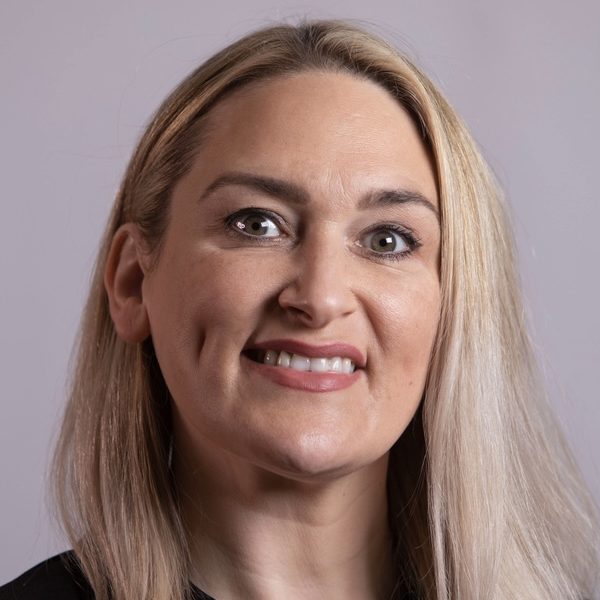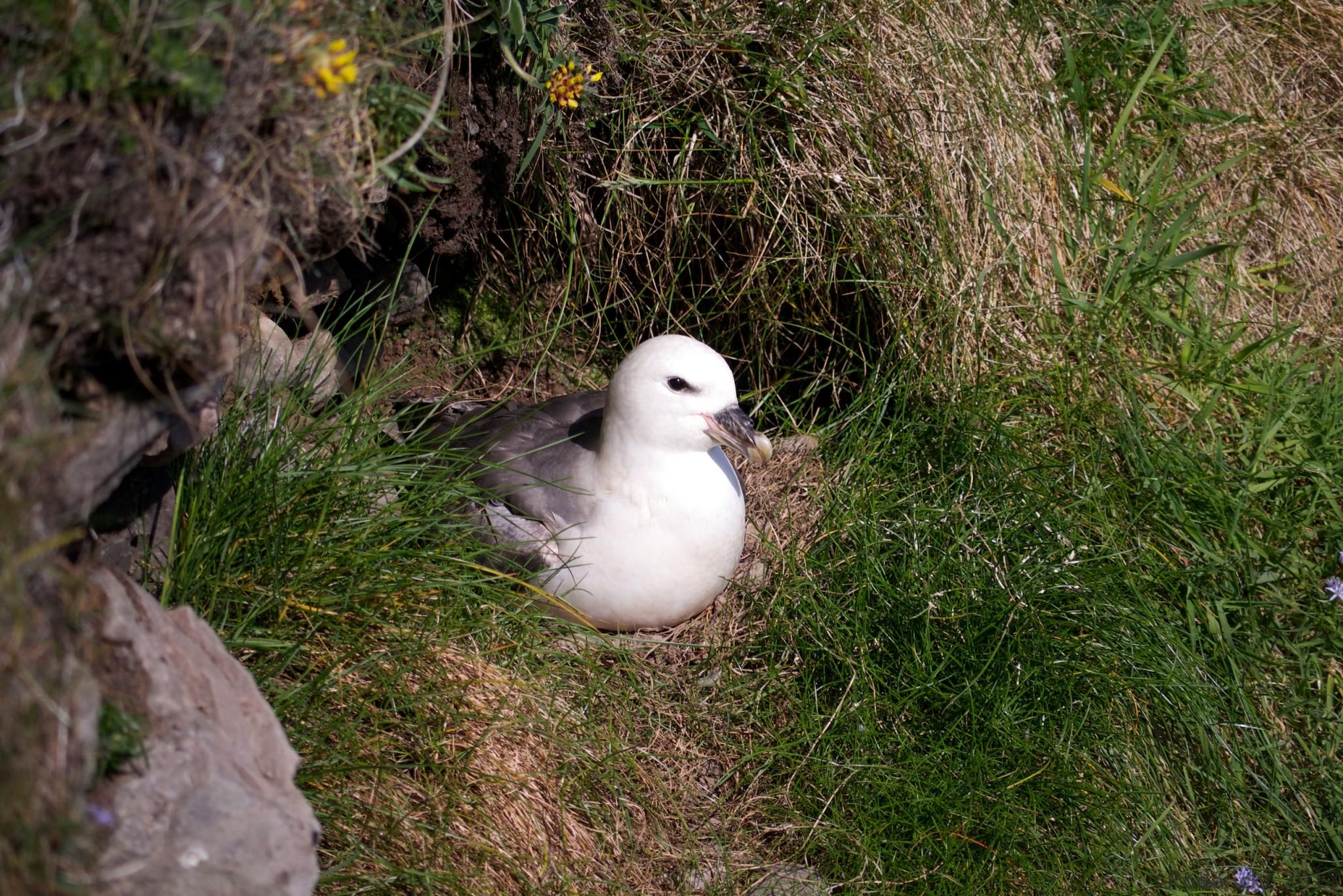Like its close cousins, the albatrosses, this grey and white seabird spends most of its life out at sea. Scotland is home to almost all of the UK’s population of fulmars and they’ve lived here for many centuries. During the breeding season, fulmars can be found along our coasts, especially in the Northern Isles. Fulmars are very long-lived, known to reach over 50 years old (and still breed). These long lives make the loss of birds a big issue for the future population. Since the late 1980s, the abundance of fulmars in Scotland has rapidly declined by 43%. Population trends are thought to be linked to commercial fishing and climate change. Evidence suggests that longline fisheries in the north of Scotland could be accidentally catching thousands of birds every year as ‘bycatch’. Fulmar are also impacted by marine litter, with almost all of the birds analysed from the North Sea in the 2017 OSPAR assessment found to have ingested some plastic.
Images: RodericT (CC BY-NC-SA 2.0)
Action Needed
- Urgent action to tackle accidental bycatch in commercial fisheries.
- Ensure important areas for fulmar are effectively managed in protected areas.
- Promote transparent, accountable and ecosystem-based fisheries management.
- Reduce the introduction of marine litter by creating a circular economy.
Threats
- Accidental bycatch in commercial fisheries
- Marine litter pollution
- Climate change
- Prey availability
MSP Nature Champion

Karen Adam
Member for: Banffshire and Buchan Coast
Region: North East Scotland
Party: Scottish National Party



